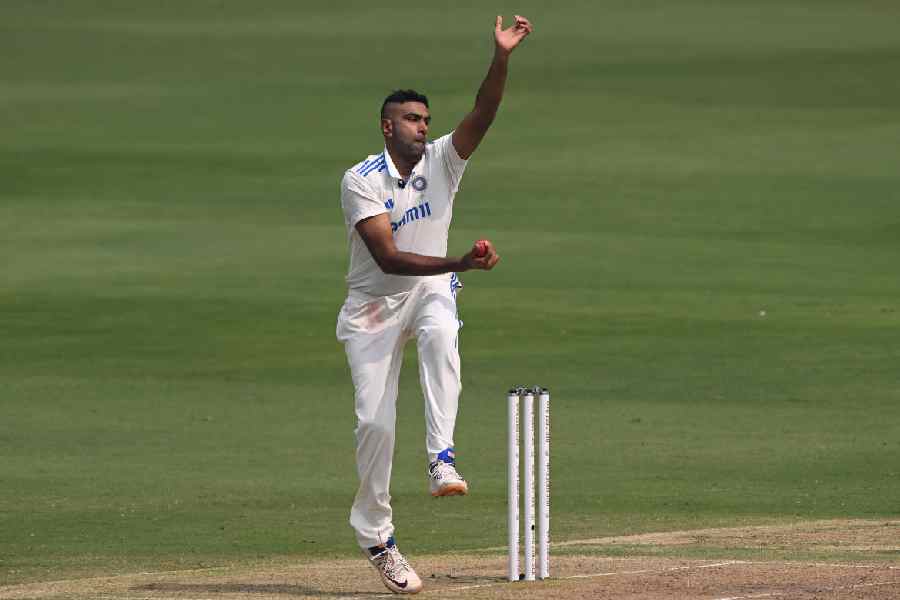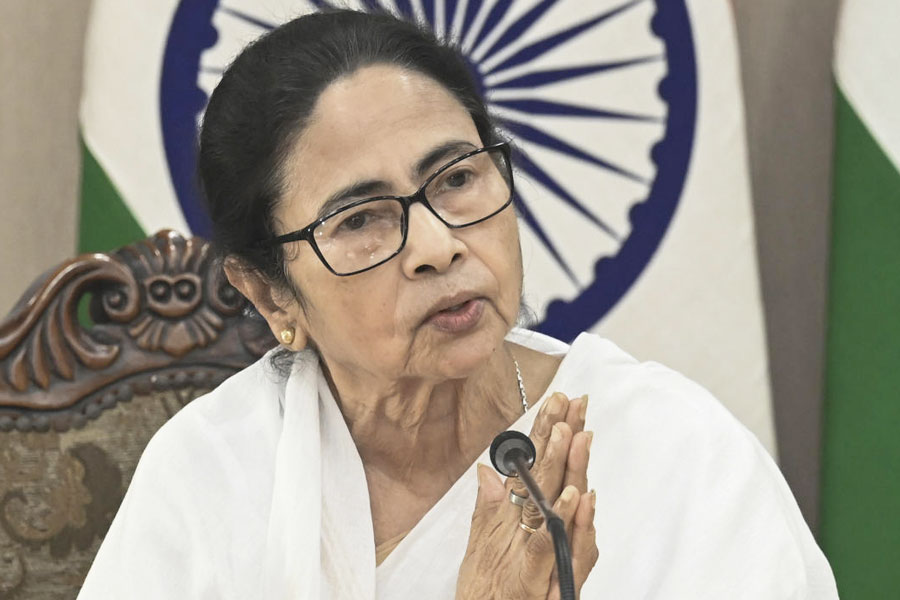It says something about the nature of Test cricket and the instincts of the desi fan that the first memory of Ravichandran Ashwin that came to my mind when the news of his retirement broke was his heroic rearguard with the bat in Sydney on the previous tour of Australia, an innings that helped India go into the last Test at the Gabba on level terms.
The cricket ball is small and the spinner’s repertoire subtle by design, not obvious sometimes even to the batsman, leave alone the lay spectator. An off spinner’s undercutter that skids in and beats the bat can’t compete visually with a batsman cover driving on one knee because stroke play is performative in a way that off-spin bowling isn’t.
Amongst bowlers, the drama of cricket is owned by pace bowlers. Imran Khan’s delivery leap, Jasprit Bumrah’s stuttering run and whiplash delivery, Lasith Malinga’s slingshot action, the menace and glamour of the fast bowler’s follow through, offer spectacle in a way that Ashwin and his ilk don’t. Even amongst spinners, wrist spin’s flourish and the wrong ‘un’s mystique gave bowlers like Abdul Qadir and Shane Warne an aura that finger spinners can only aspire to. For those who would offer Muttiah Muralitharan as an exception to this generalisation, the obvious answer is that Murali was a unicorn, the only legal wrist-spinning off-break bowler ever to play the game.
Even as the tributes to Ashwin pour in, it’s obvious that his departure isn’t seen as the end of an era in the way that Sachin Tendulkar’s exit was received and the way in which Virat Kohli’s retirement will be mourned. This tells us more about cricket’s incorrigible bias towards batsmen than it does about the relative achievements of Ashwin, Tendulkar and Kohli. Kartikeya Date (@cricketingview) recently produced a list of the eight greatest Indian Test players ever and all of them were bowlers. They are, in descending order, Jasprit Bumrah, Kapil Dev, Ravichandran Ashwin, Ravindra Jadeja, Anil Kumble, Mohammed Shami, B.S. Chandrasekhar and Bishen Bedi.
This isn’t a provocation; it’s the simple truth. Ashwin has won many more matches for India than Tendulkar, Rahul Dravid or Sunil Gavaskar ever did. Indians agree that India’s run of home-series wins that lasted a dozen years between 2012 and the whitewash at the hands of New Zealand earlier this year is arguably the greatest home record in the history of Test cricket. The reason it came to pass was because India had the most lethal spin duo in the world through those years. To win Test matches, a team needs to take twenty wickets; Ashwin and Jadeja made that happen time and time again. Ashwin’s strike rate, his economy rate, his ability to take five wickets a Test on average, are freakish for any kind of bowler but unprecedented for a spinner.
I grew up watching Bedi, Prasanna and Chandrasekhar do nearly all the bowling in the Tests India played in the Sixties and Seventies. They made up the most lop-sided bowling attack in the history of the game andtheir success in keeping the Indian team competitive despite theodds was legendary. We assumed that they were the summit of spinbowling and it was hard for my cohort to accept that Kumble,Jadeja and Ashwin had indisputably better records.
Comparing different eras is hard and unfair. Cricket in Bedi and Chandrasekhar’s time was a precarious livelihood; India was a minnow and the task of taking ten wickets every innings without a fast-bowling siege-engine to make the first breach was a thankless business. Instead of Kapil Dev, Javagal Srinath, Zaheer Khan, Ishant Sharma, Umesh Yadav, Shami, Bumrah and Mohammed Siraj, Bedi & Co. made do with Eknath Solkar, Abid Ali, Madan Lal and on occasion Gavaskar and Budhi Kunderan, opening batsmen both, to take the shine off the new ball.
But giving Ashwin his due is the opposite of playing a zero-sum game. Acknowledging his genius helps us reach across the decades and see Bedi, Prasanna and Chandrasekhar for the heroes they were and the impossible odds they faced. In this version of Test cricket’s history, Gavaskar isn’t the protagonist of the Seventies, he isn’t Hamlet; he is “… an attendant Lord, one that will do/ To swell a progress start a scene or two.”
This is my cue to say that I yield to no one in my enthusiasm for Gavaskar (the player) but Ashwin’s retirement is the right moment to reassess the relative weights of bowling and batting in Test cricket. To enter the claim that Ashwin and his fellow bowlers did more for Indian cricket than Tendulkar and his band of batting Galacticos — Dravid, Sourav Ganguly, V.V.S. Laxman, Virender Sehwag — is to correct the gross overvaluation of batsmen in Test cricket past and present. It is an irony that a game which is nearly always won by the better bowling side makes batsmen tin gods. This has something to do with the class character of early English cricket when working men bowled and gentlemen took guard, but that was a while ago and it’stime to stop.
Great bowlers are awkward customers; batsmen are natural conformists. It isn’t a coincidence that India’s cricketing establishment never got on with either Bedi or Kapil Dev. Both of them spent their retirements beyond the pale of the BCCI’s patronage because they spoke their minds. Ashwin is of their line. His uncompromising insistence on the right of the bowler to run the non-striker out without warning is consistent with his refusal to yield to cant. Ashwin has been a great team man but he has also always been his own man. It shouldn’t surprise us that he chose to quit at a time of his own choosing.
After decades of following India’s tours to Australia on shortwave radio and early morning telecasts, I’m finally going to watch the fourth and fifth Tests at the ground. I bought a pair of binoculars hoping to watch Ashwin do his stuff in Melbourne and Sydney. I don’t know if he felt hard done by on this tour; his leave-taking was characteristically modest. But if he did, I’m glad, despite my disappointment, that he picked his moment. To give a journeyman batter like Gautam Gambhir the chance to call time on this epochal bowling career would have been an offence against the natural order of things.











